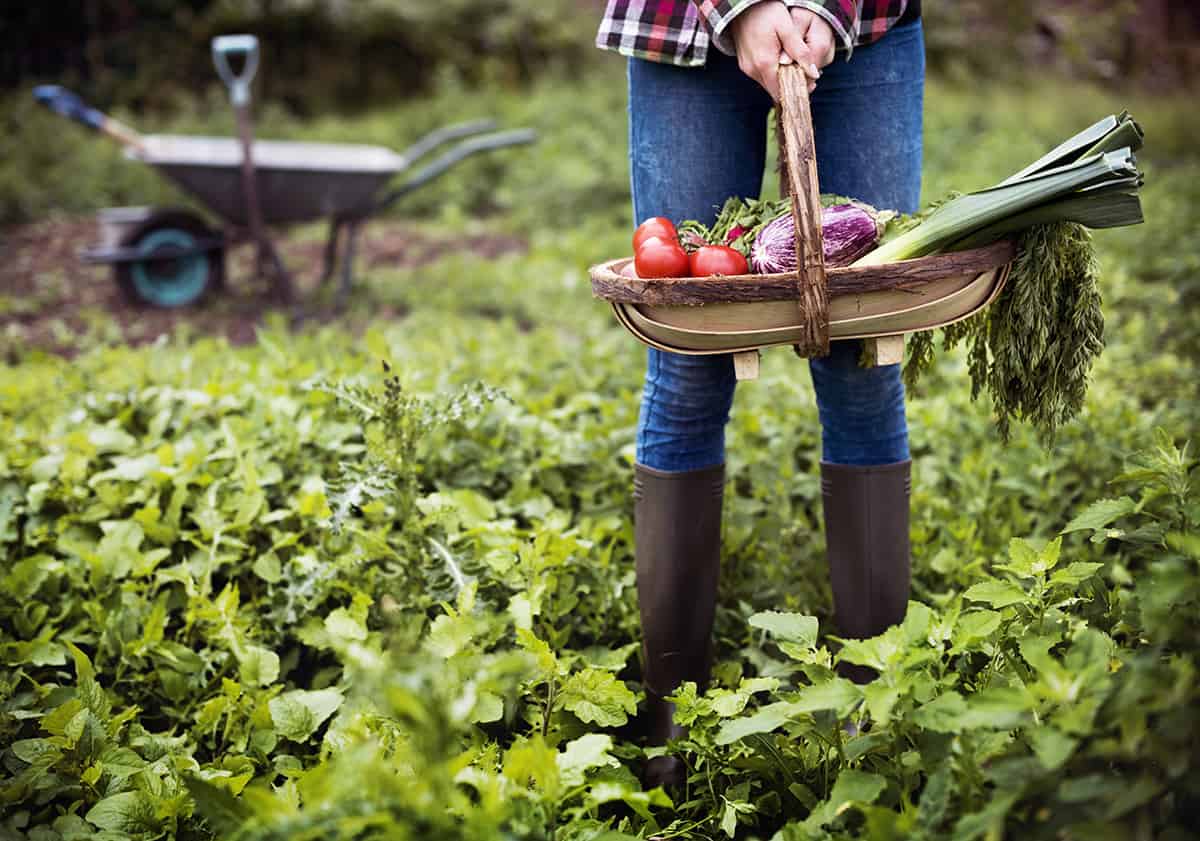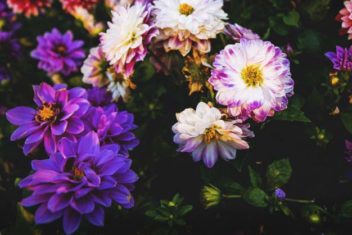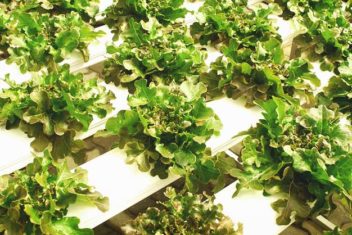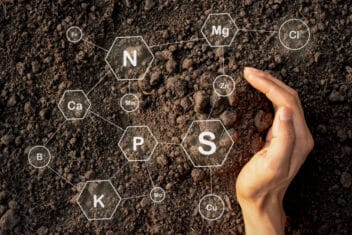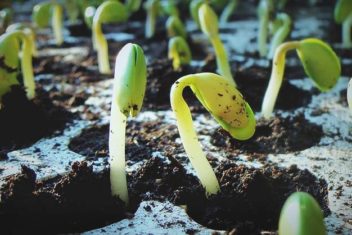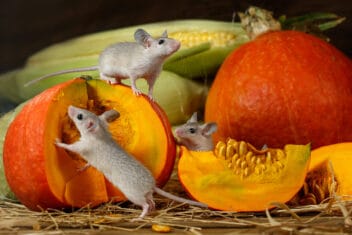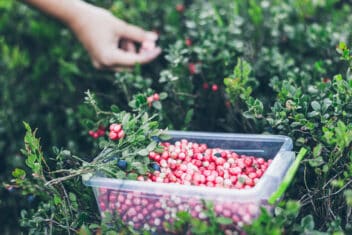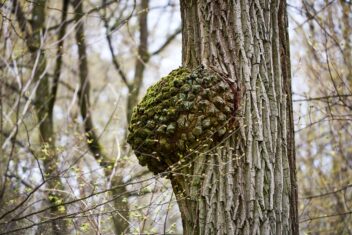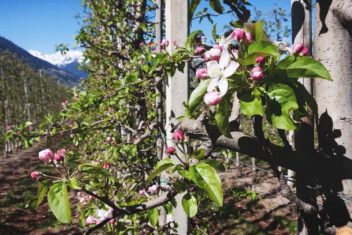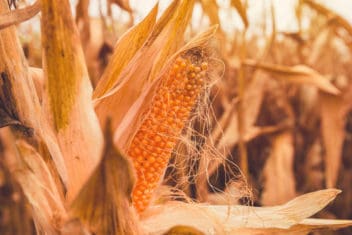Although it’s one of the less talked about gardening techniques, veganic gardening is an effective and healthy way to provide for you and your family.
Veganic gardeners avoid things like chemical fertilizers, pesticides, and products derived from animals, and they reduce their reliance on outside products in the garden.
Some gardeners utilize this method as an extension of their vegan lifestyle, but it’s not necessary. Many non-vegan growers garden this way because it’s a healthy alternative to chemicals and animal products.
What is Veganic Gardening?
Veganic gardeners avoid using anything animal-derived. This is not only for the obvious connection to animals (manure, blood, and bone) but also to avoid the toxic chemicals often found in those products.
Instead, they maintain soil health and fertility through natural, non-animal means. Veganic gardeners use green manures, compost, mulching, and efficient crop rotation instead.
Veganic gardeners try to use locally-grown and sourced products.
They also avoid non-renewable matter because veganic gardening is all about supporting a sustainable natural environment. You can use the following but avoid them in excess:
- Lime
- Gypsum
- Potash
- Rock phosphorus
- Dolomite
One way to look at it is growing plants from plants and the natural resources around us. You only use resources from outside the area when necessary.
Keeping Soil Healthy With the Veganic Gardening Method
There are several ways the veganic gardener keeps soil healthy. I have used the following methods season after season with great success.
Keep the Soil Covered
Bare soil is bad for the garden. It can be washed away by rain and wind. Topsoil loss causes a healthy garden to struggle as its nutrients slip away. Keep the garden planted with lots of plants, mulch well, and use green manure.
No Tilling
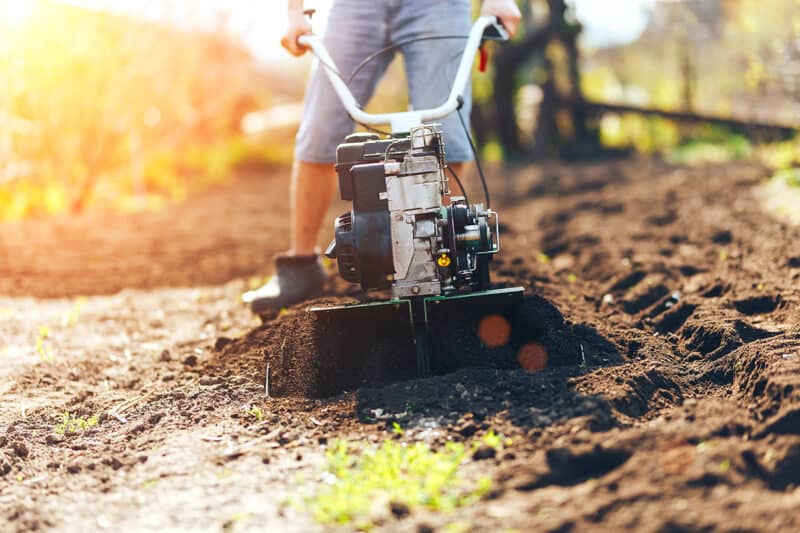
The ecosystem within the soil is delicate and balanced. This can be upset when you till and use rototillers. Many organisms that prefer depth are exposed, and others that prefer light are buried as the soil is turned.
Nutrient uptake is disturbed when fungal growth is churned up, and all the good work completed by worms is disturbed. A veganic garden is a fine balance of organisms working together for the good of the soil.
Polyculture and Crop Rotation
Also known as intercropping, polyculture is the practice of growing many different plants together to benefit the soil and the garden’s overall health.
Each year or season, you switch the location of the plants to avoid spreading or encouraging diseases. Rotating plants makes it harder for diseases to take hold.
Each plant has specific requirements for soil nutrients, so rotating helps stop the soil from being depleted of vital nutrients.
Utilize Perennials
As gardeners and food providers for our families, we often grow productive annuals like tomatoes, zucchinis, cucumbers, and the like.
Try adding perennials as much as possible, as well. Perennials are often deep-rooted, so they can pull nutrients from further down in the soil.
Perennials may need less fertilizer and water because of the depth they grow to. Annuals require the addition of outside nutrients like compost because they easy, ready sources for their quick growth.
Mixing a perennial polyculture style with annual planting provides a healthy ecosystem in your gardening.
Plants Feed Plants in the Veganic Garden
In the veganic garden, avoid using fertilizers since they often contain elements we don’t want to introduce into our gardens. They may also have animal by-products. To feed your plants and soil, consider:
Homemade Compost
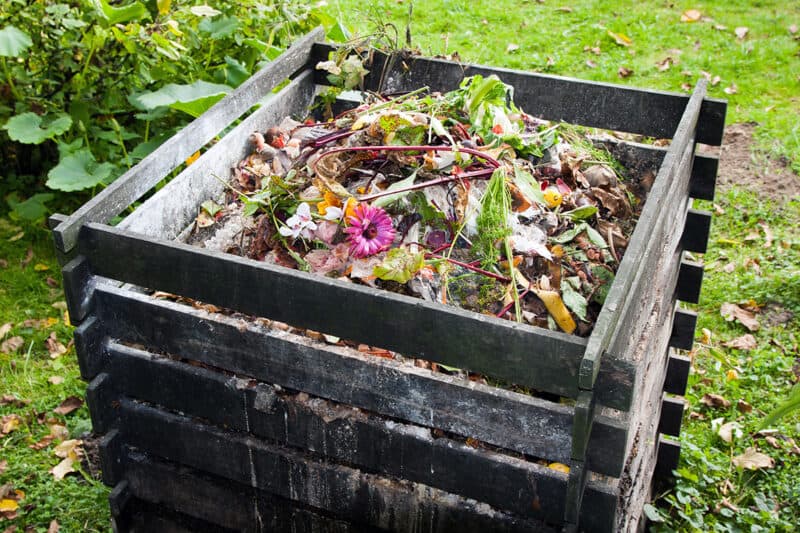
Making compost from food and plant material is one of the things veganic gardeners cherish. Throwing food scraps in the garbage is a waste of valuable growing resources.
Mix green material like food scraps with brown material like straw, leaves, and small twigs.
Composting is possible on a small scale in the average home garden and can also be done on a bigger homesteading site.
You can easily set up a composting process with minimal equipment and materials.
Mulch
Mulch plays a big part in the veganic garden. We’re all about protecting the soil and maintaining optimal health.
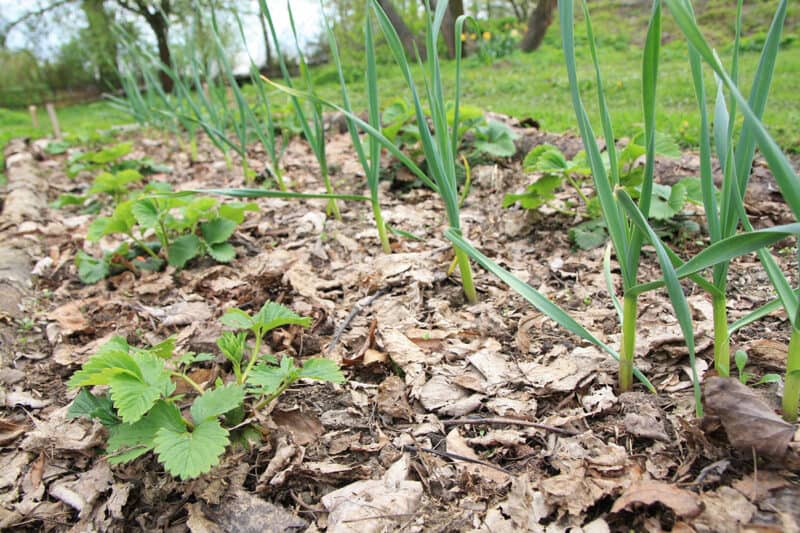
Mulch retains moisture, protects the soil surface from erosion, and maintains soil temperature. I use leaves predominantly because as they decompose, they add more nutrients to the soil. You can also use hay, straw, and anything else natural.
Green Manure
Using green manure is one of my favorite ways to add nutrients to the soil and maintain a healthy, balanced garden.
I use alfalfa, clover, and mustard. Use plants that add nitrogen to the soil. Cut them down before they seed and dig them into the garden.
If you run short of time or energy, you can even use the cutdown green manure as a mulch. As they decompose, the plants feed the soil slowly and over time.
Leaf Mold
Fill a black plastic bag with leaves and poke series of small holes in the side. Add a little water and set it aside for a year.
Leave the bags in a sunny position to generate plenty of heat inside.
This is a wonderfully natural and nutrient-dense soil amendment.
Dynamic Accumulators
“Dynamic accumulators” is a fancy way of referring to plants that mine nutrients deep within the soil. These can be used to feed the veganic garden.
You can use these plants as green manure, mulch or simply allow them to grow and share their good work with the rest of the garden.
I mainly use comfrey, but be careful as this plant has a habit of taking over. You can also use comfrey to make comfrey tea, a liquid fertilizer made direct from your own garden.
How to Start Your Veganic Garden
When starting veganic gardening, the best advice is to start with something simple like a quality compost and increase the techniques and add other methods over time.
There are two options here. You can start your composting before your garden, but that will mean you need to start the year before.
Or you can buy compost suitable for veganic gardening, but you need to make sure there are no animal products included. There are several around, so ask your local gardening center for advice.
Other things to consider are:
- Given the vegan diet’s restrictions, let your diet be your guide. Whatever you eat the most, you should plant.
- Like compost, your fertilizer needs to be suitable for a veganic garden, with no animal products.
- Consider your pest control. Chemical pesticides have no place in a veganic garden. Use companion planting, row covers, and cloches instead.
- Consider using sacrificial plants. By this I mean, plant a few vegetables that will attract the pests away from the majority of the plants.
- Instead of chemical fertilizers, use Epsom salts, seaweed, hay, and neem oil.
- Work with nature and let the seasons be your guide.
Veganic Container Gardening
Don’t think veganic gardening is limited to the ground. You can easily do this in pots.
Although you have limited space and fewer microorganisms, you can grow a great harvest. The only difference is, you have to direct feed regularly with compost and use liquid fertilizers like comfrey tea.
Make sure your medium in the containers is veganic.
The Bottom Line on Veganic Gardening
As you’ve probably noticed, veganic gardening uses many techniques of other styles of gardening like polyculture, permaculture or organic. The principles are the same.
Veganic gardeners use natural ways of feeding the garden from the immediate environment and avoid animal products in our supplies.
You might already be doing most of this anyway the majority of the time. Veganic gardening just takes a little more effort for a big payoff.
